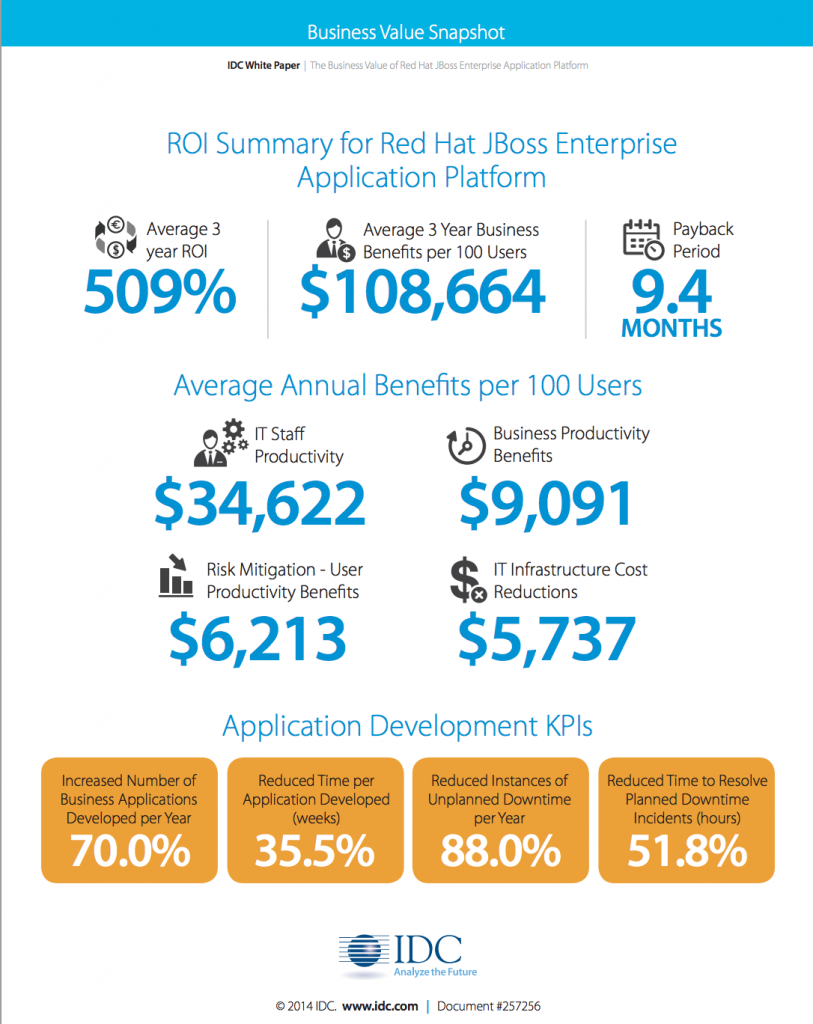Introduction to programming languages to kids need to be gamified. They typically seem to like it, and in the process, they also develop a liking for the language. They also have a better understanding of the typical code and run steps that is common in a software developer’s life.
Getting Started with Java for Kids
As part of Devoxx4Kids, my son and I have been teaching Minecraft Modding workshop for 2+ years now. We’ve personally reached out to 2000+ kids in Bay Area and other parts of the world, and help them write first Hello World program for Java. And its not the conventional public static void main, its a Minecraft Mod. This workshop has also been used at several other Devoxx4Kids chapters around the world.
As part of our workshops, “code” to kids is copy/pasting the text from the website and understanding it. “Build” is just clicking a button in Eclipse bringing Minecraft launcher. Once the game comes up, they know how to play it and see instant modifications. They don’t have to wait for Hello World to appear on their screen. They type “potato” and see a stack of 64 potatoes in their inventor, or they spawn an Ender Dragon from dragon egg or they make skeletons fight with each other. This is the new Hello World!
The installation of JDK, Eclipse or NetBeans, and Forge typically takes ~45 minutes. But after that initial hump, kids are able to build 3-4 mods in a total of ~2 hrs. Our philosophy is more on the lines of teaching them how to think to mod. Yes, we do teach them a few mod but we enable them to create their own mods as well.
Java is often complained about being a verbose language. But Forge decompiled code in Java makes it much easier to read the code, and help kids understand how to change it to make modifications.
The fact that kids love playing the game, this allows the workshop to just leverage their passion and help them in their journey towards becoming a Java programmer. It really helps lowering the average age of Java developer!
Minecraft Modding over Summer
Over the Summer, we delivered Minecraft Modding workshops at:
- Minecon
- OSCON
- Red Hat Summit
- Silicon Valley Java User Group
- Moreland Education Foundation
- Virtual JUG
- Yavneh Day School
- San Jose Public Library
We were also able to coach some additional volunteers and hopefully spread the Java fever to a wider audience.
Here are some pictures from the event delivered at West Valley San Jose Public Library over the weekend:
 |
 |
 |
 |
 |
 |
 |
 |
Check out complete photos at meetup.com/devoxx4kids-bayarea.
Minecraft Modding and You
Would you be interested in delivering this workshop at your local school, library, or corporate event?
Would you like teachers in your school to be trained for Minecraft Modding?
If you are in Bay Area, how about make this a social activity at your workplace for a weekend? Invite us to deliver this workshop.
If you are not in Bay Area, send us an email at and we’ll hook you up with the local Devoxx4Kids chapter lead who can then help you get started.
Devoxx4Kids is a NPO and 501(c)(3) and we love to ignite that spark in kids for technology!
Minecraft Modding Resources
- Workshop instructions are available at minecraftmodding.org.
- Minecraft Modding with Forge book from O’Reilly. This book is targeted at 8+ year old who has no prior programming experience. Parents with no technical background have also found this book to be a great resource.

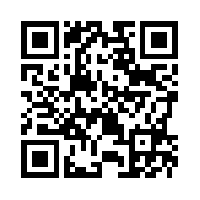
- Minecraft Modding Video Tutorial

- Course Curriculum for School
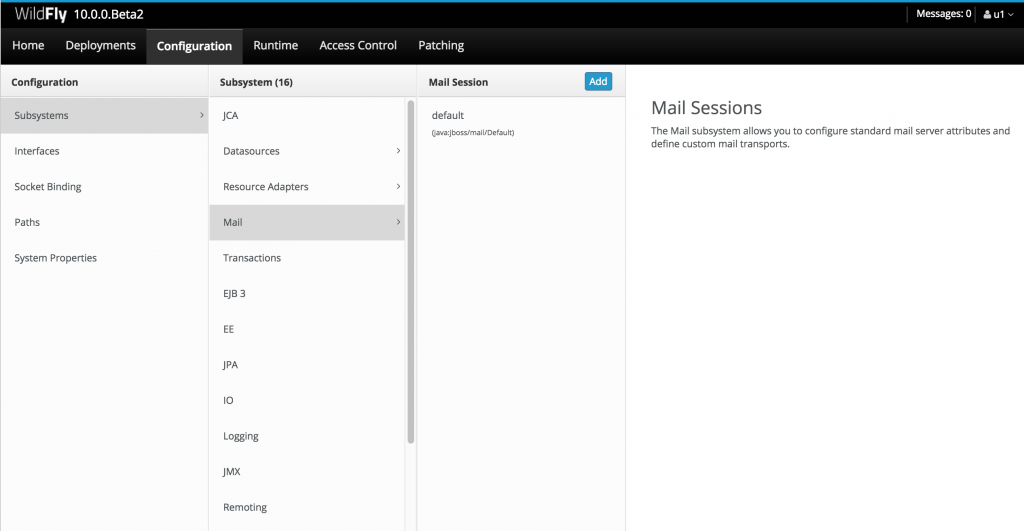
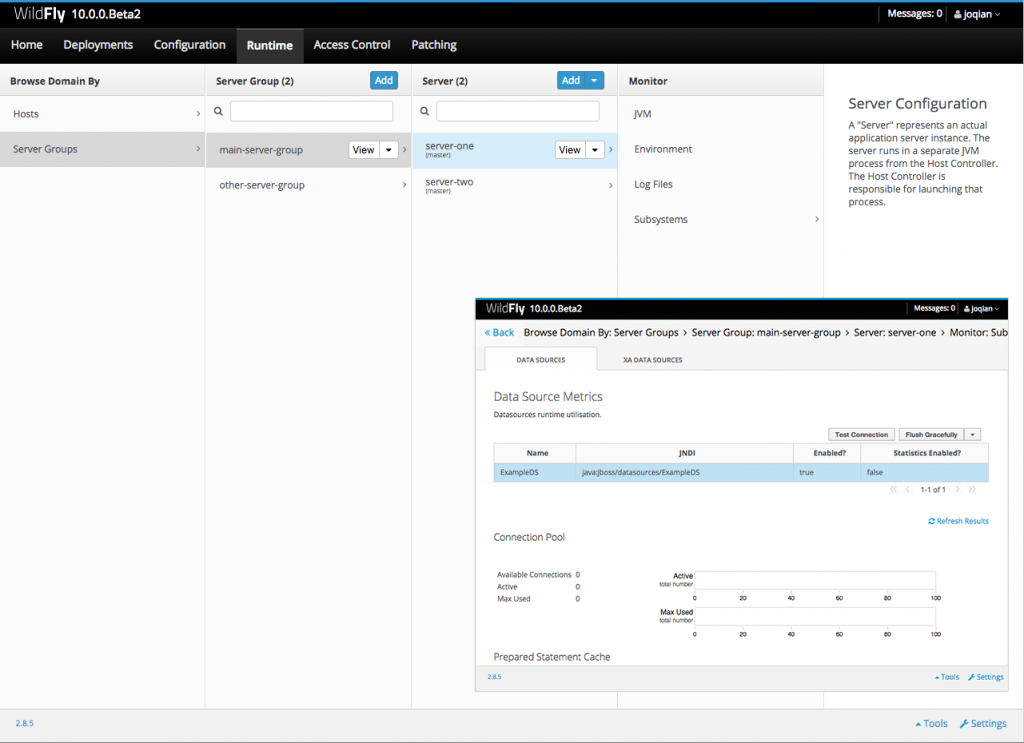

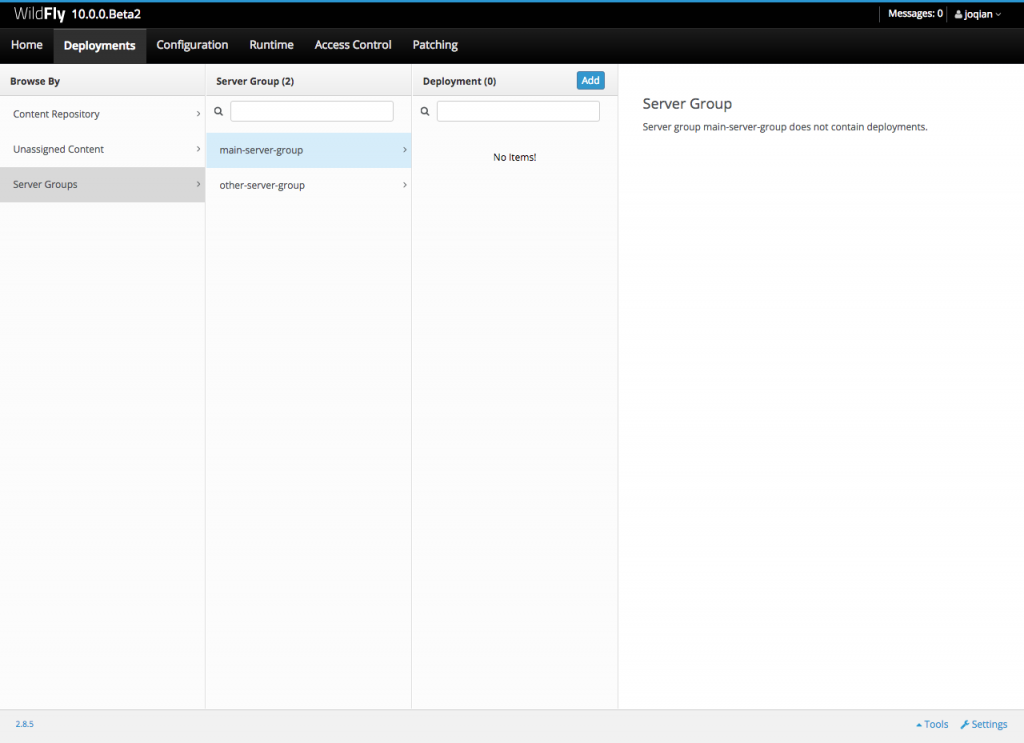

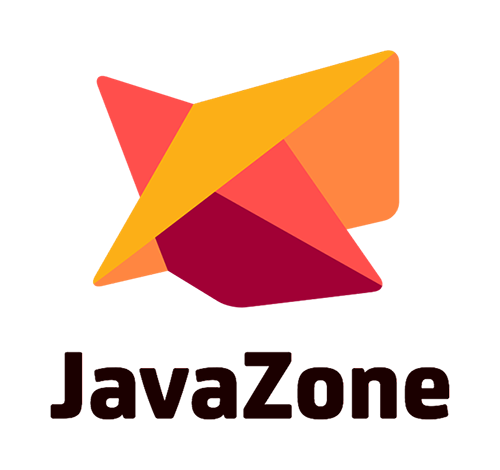
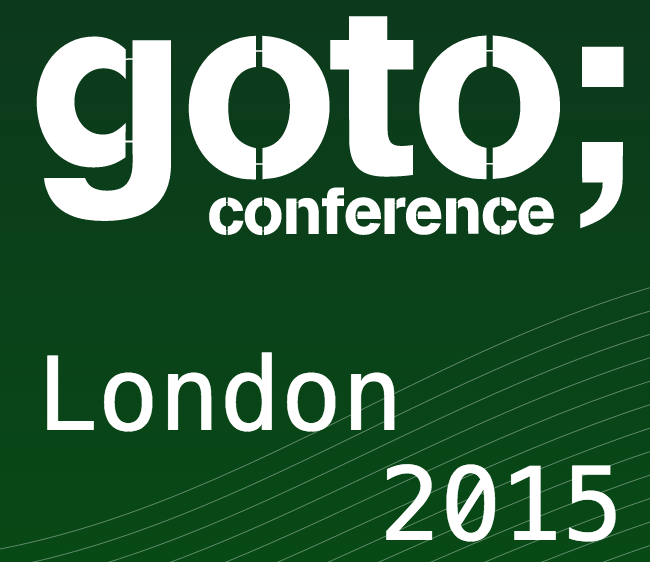

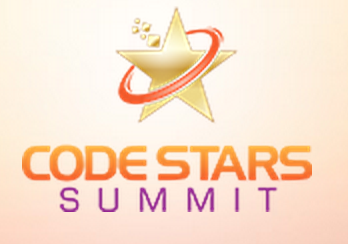

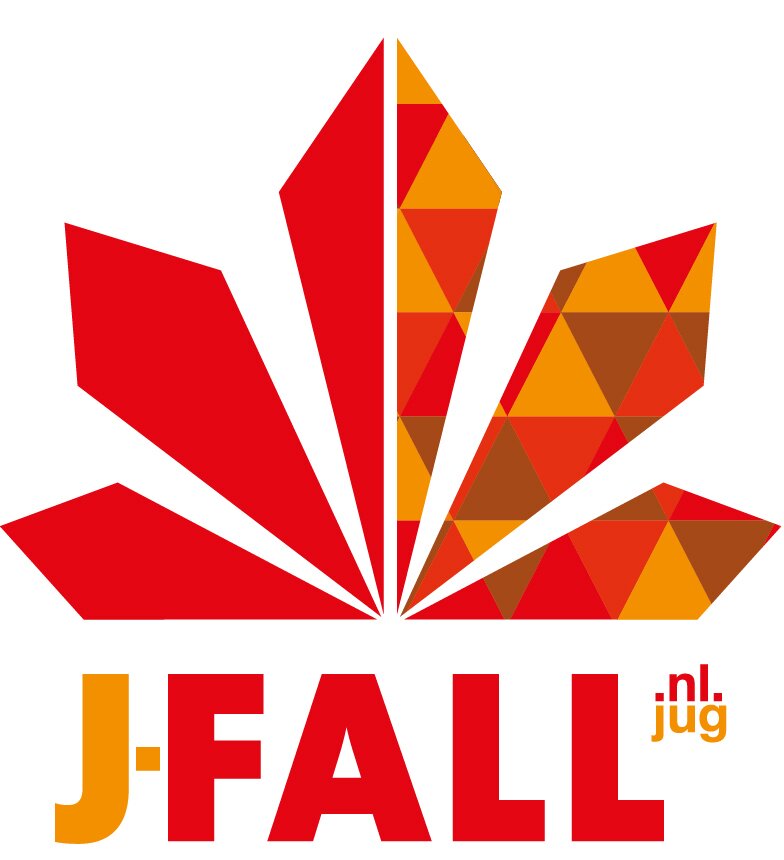 (tentative)
(tentative)



